B.207
B.
Bulletin
New Zealand's leading
gallery magazine
Latest Issue
B.22201 Dec 2025
Contributors

Director's Foreword
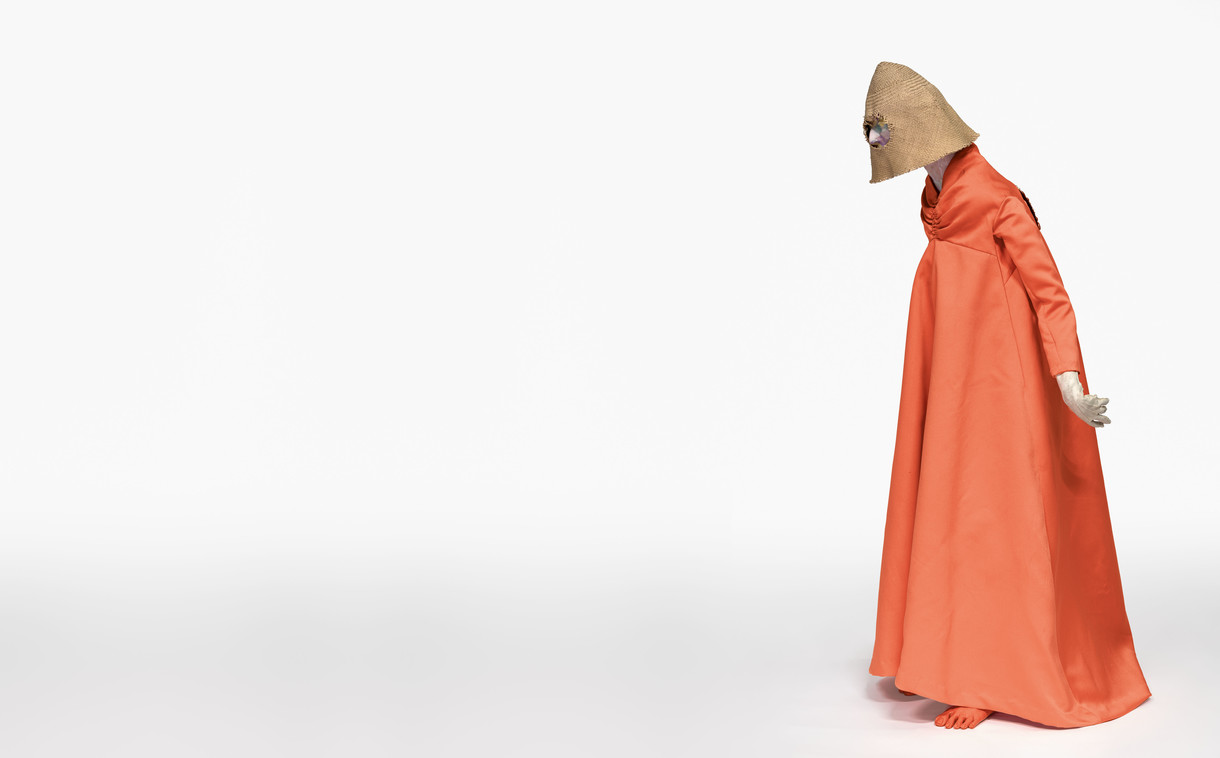
Director's Foreword
Welcome to B.207, the autumn edition of Bulletin. Like the rest of the country, the Gallery has been operating under the Government’s Red traffic light setting since late January. It has to be said that art galleries are, in general, pretty good places in which to practice social distancing. However, while we remain open and welcoming visitors, the recent surge in the Omicron variant of Covid-19 is affecting our ability to schedule our programme. Our team are working hard to continue bringing you a range of exhibitions, events and activities, but as we are all finding throughout so many areas of our lives right now, planning (in the short, medium and even long term) remains tricky. It’s an evolving situation and, reflecting this uncertainty, I encourage you to keep an eye on our social media channels and website for updates.
Commentary
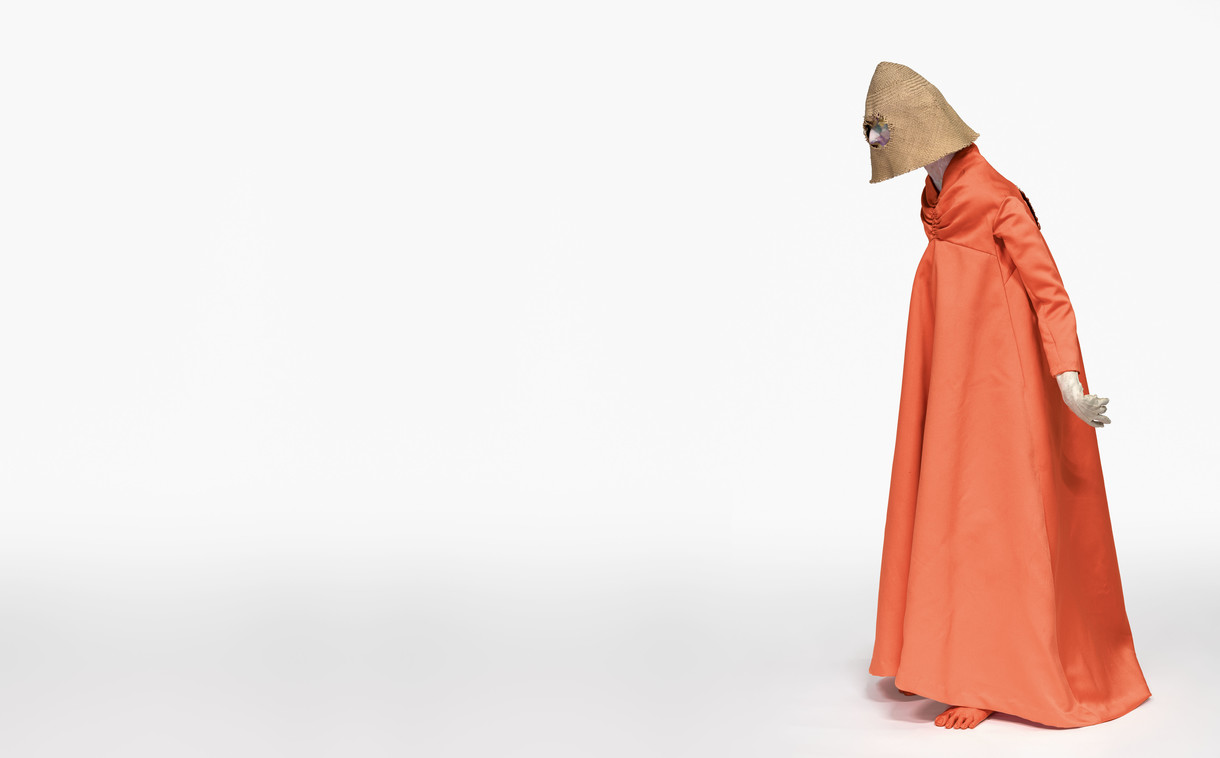
Bury the Lede
From the side of a hill the woman and child – ectomorphic – hunting for cockles, look like wading birds. Siblings climb on top of each other and hold handstands like circus-adjacent cheerleaders in tie-dyed active-wear. Two write code and scale limestone boulders, competing with each other almost good-naturedly without mats. Weeds and things scrounged – pipi, lemons, parsley, small mushrooms, seaweed and bracken fronds – are eaten with brown rice. Later there are bruised peaches, grapefruit and hard pears with a whiff of quince kept in a bowl for the colours and smells – green, orange, gold, purple, brown, grey, black.
Commentary
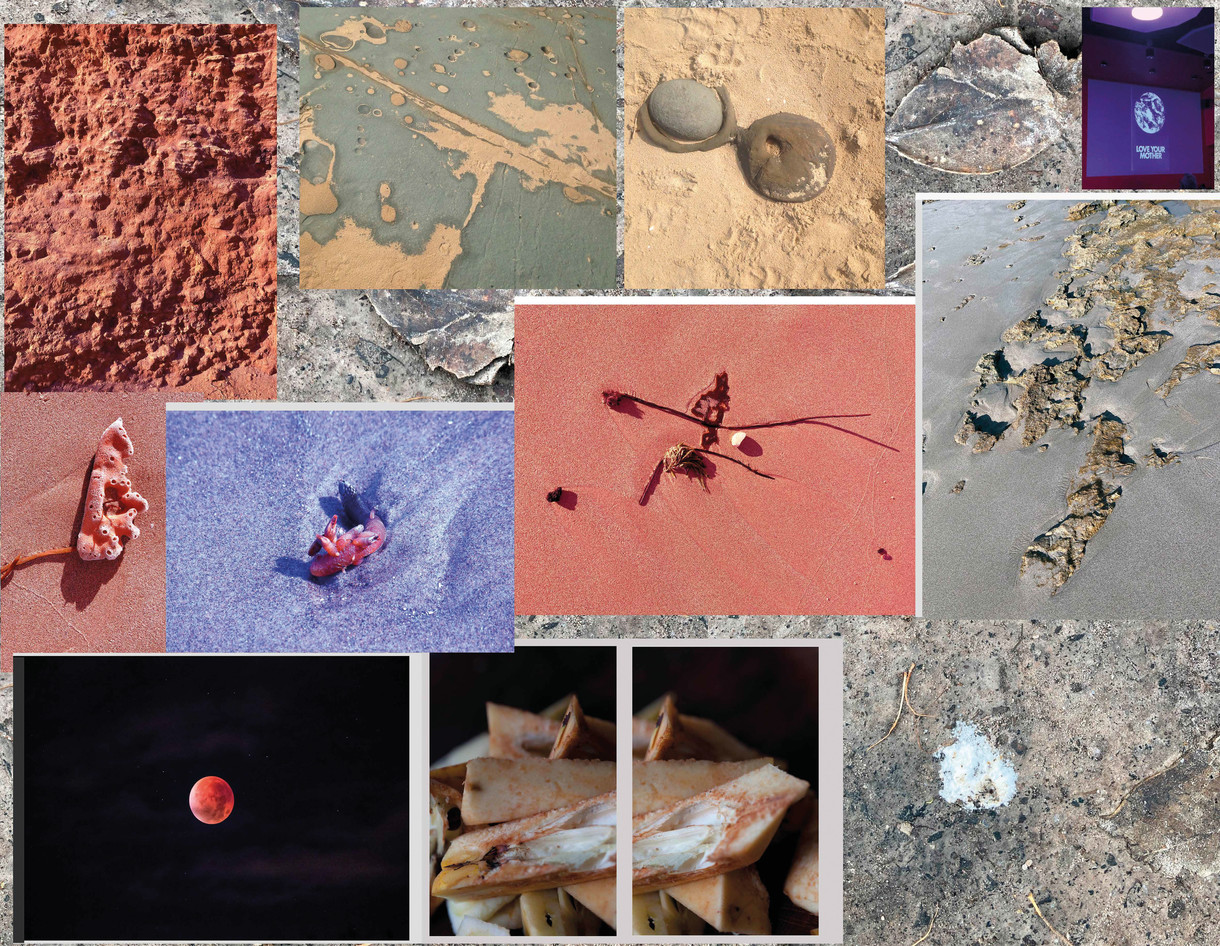
Alicia Frankovich’s Atlas of Anti-Taxonomies
Orange peel, ant’s eye, hibiscus flower, rhubarb, bacteria, a space blob, a virus, an x-ray of a human skull – human, non-human, inhuman, entangled and disordered. In the Atlas of Anti-Taxonomies, artist Alicia Frankovich groups these things by difference rather than sameness, showing them to have dynamic relationships and visual rhythms. Consisting of over 100 images that the artist has gathered, constructed and found, Frankovich’s carefully selected and arranged collections of phenomena, beings and objects glow from lightboxes hung throughout the gallery space. Their collated, overlapping and montaged images are wild and vibrant. Their placement on the large screens feels momentary, as though this is just one iteration of many possible permutations, disrupting any typical or static taxonomical order. In making this work, Frankovich has drawn on the extensive body of research around posthuman ecologies, decolonising nature and queer theory, underscoring this beautiful exhibition with complex ideas of domination and control.
Interview

Hard and Slippery – HAHAHA (Wait, is that the title?)
Kommi: This is a courteous introductory message to the two of ya’ll and regarding the collab comms between Turumeke and I, and the editing of it by Kirsty, along with additional notes/commentary as like a third voice freaky irirangi concept (but in written/electronic messaging/note adding stuff form),* all towards the art concept workings and discussions in conversations leading to the finished arts ’n’ stuff resulting in a publication of our ponderings and explorations within te ao buzzy buzzy art stuff that we gonna do. I hope my whakamārama there was nice ’n’ clear.
Tui/Turumeke this is Kirsty. Kirsty, this is Tui/Turumeke.
Turumeke: Kia ora! Great articulation Kom!
Kirsty: Wait? Have we started? Was that a test? Hahaha
Kommi: I do not know.
Commentary
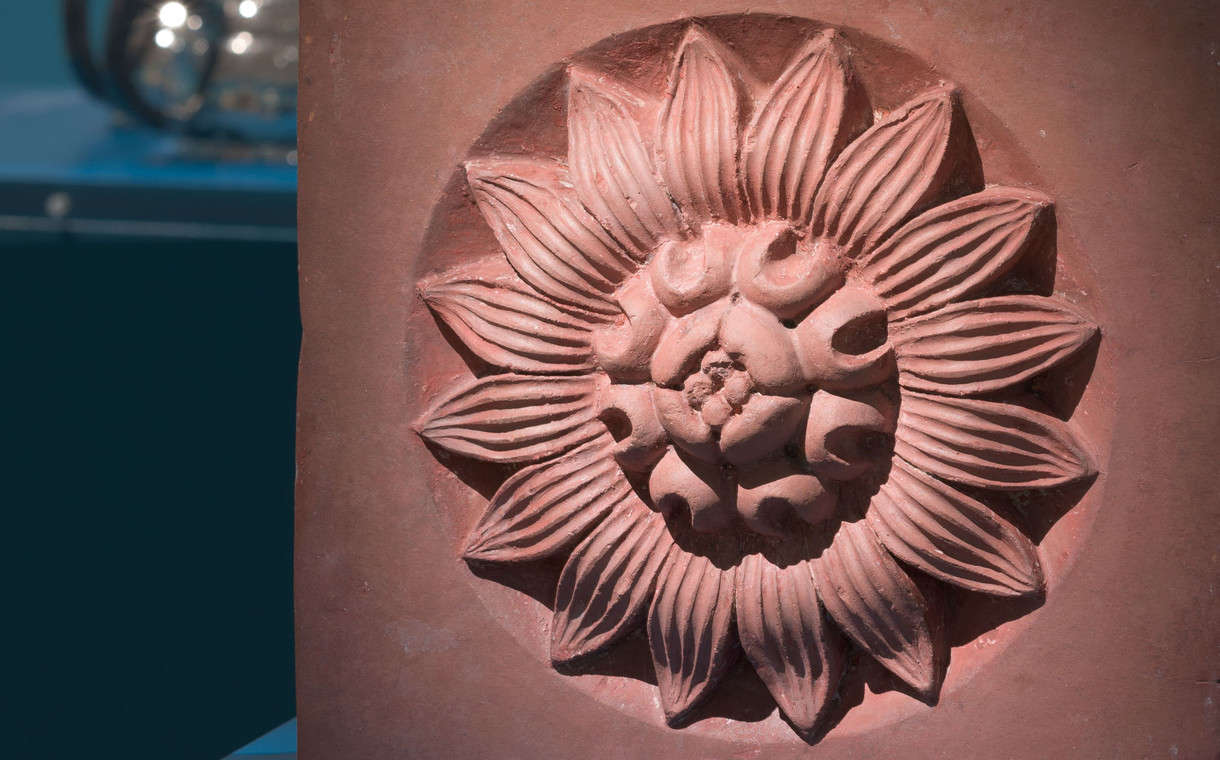
The Arts and Crafts Movement at the End of the World
It is interesting to ponder how makers involved in the Arts and Crafts Movement might respond if they were able to see their works on display in galleries today. While exhibitions on a range of scales were central to the Arts and Crafts, and played a key role in how its ideas and objects reached new audiences and took root across the world, today’s retrospective explorations of the Movement are to some extent testament to the fact that it never revolutionised art and life to the extent that its protagonists had initially hoped.
My Favourite
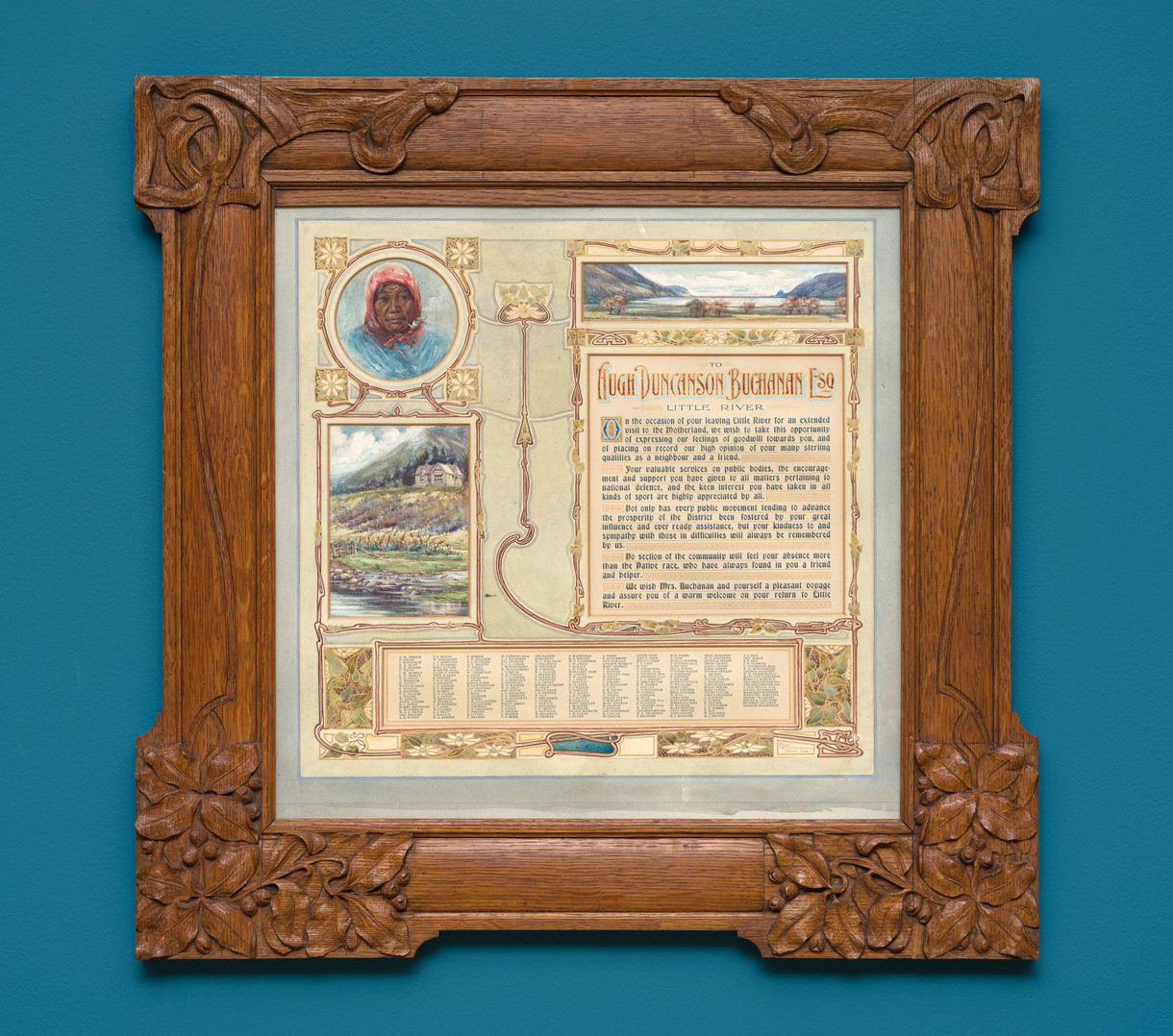
Robert Herdman-Smith's Framed Presentation to Hugh Duncanson Buchanan
I’m often drawn to art that’s attached to a specific time and place, and so it was that I came across Robert Herdman-Smith’s beautiful piece – commissioned in honour of the departure from Little River of a wealthy landowner (Hugh Duncanson Buchanan) in 1908. Behind the intricately carved wooden frame, the tiny perfect lettering embellished with paintings and art nouveau-ish decorations, is a story that I’d like to know more about.






